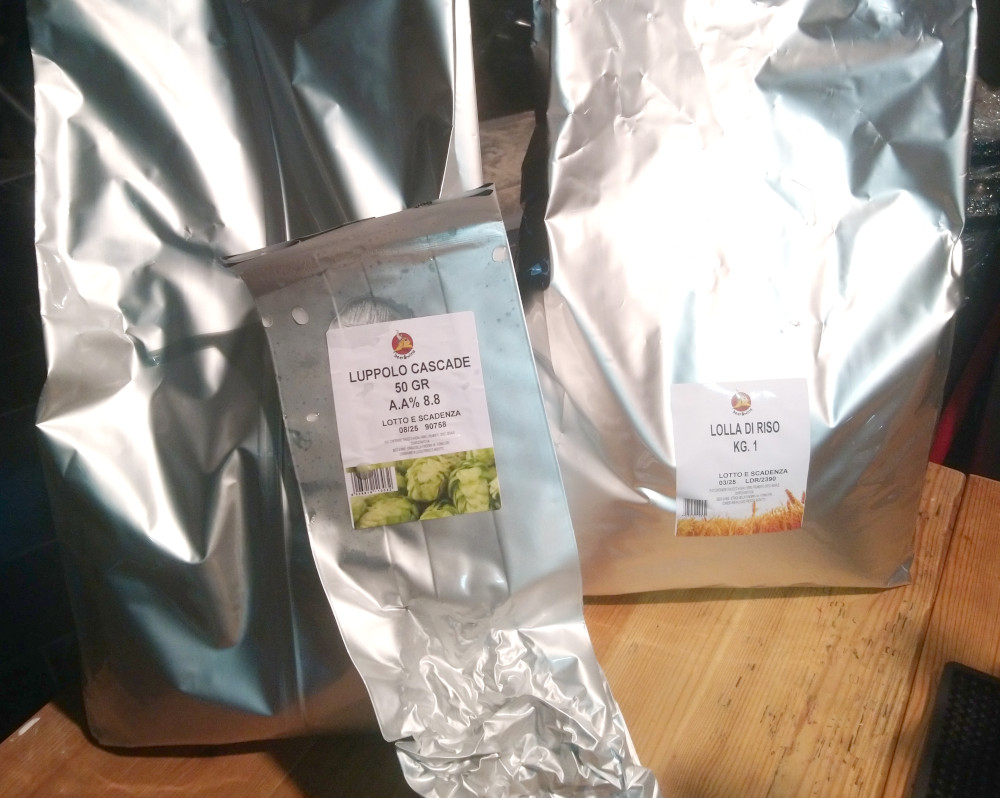waynetempro
Well-Known Member
Your initial design is OK but has some flaws. Here’s my improvement on it. Use two (2) corney kegs. Run the CO2 out of the fermenter to the first keg. Out of that keg to the compressor then through a charcoal filter to the second keg. You will have to build an activation circuit using a barometric sensor that can be placed inline with the first keg to turn on the compressor. The sensors are cheap: https://a.co/d/g9sAkIB
But like I mentioned, you will need to build the controller using an Arduino or similar device. And is course, you will need to purge the system before collecting CO2.
And in case your brew makes, too much CO2, just keep a third keg handy to switch out to handle the overflow.
But like I mentioned, you will need to build the controller using an Arduino or similar device. And is course, you will need to purge the system before collecting CO2.
And in case your brew makes, too much CO2, just keep a third keg handy to switch out to handle the overflow.




































![Craft A Brew - Safale S-04 Dry Yeast - Fermentis - English Ale Dry Yeast - For English and American Ales and Hard Apple Ciders - Ingredients for Home Brewing - Beer Making Supplies - [1 Pack]](https://m.media-amazon.com/images/I/41fVGNh6JfL._SL500_.jpg)























